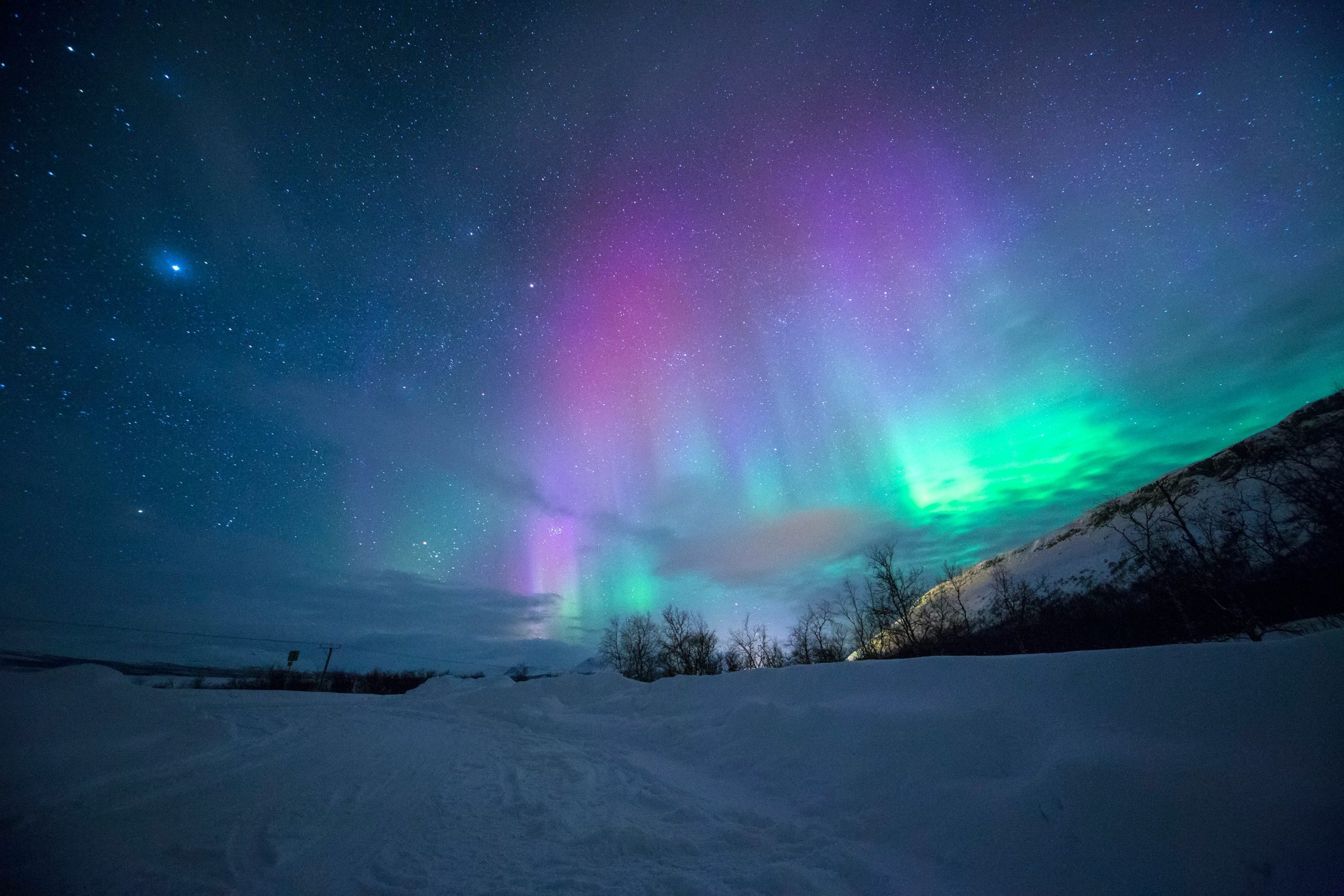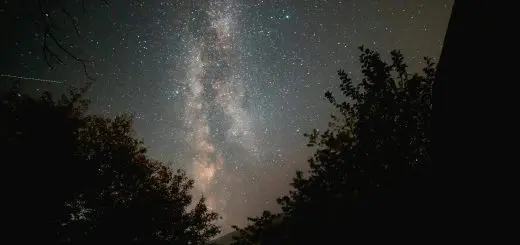Dance Styles Around the World: History and Moves

Looking for more amazing products? Check out our online store and explore our collection here! Happy shopping!
Before diving in, please note: This post is for informational purposes only. If you’d like to know more about how we approach topics, feel free to check out our friendly Disclaimer Page.
Hey there, amazing readers! 
We’re committed to delivering quality posts, and your support (even just sticking around despite the ads) means everything to us. So, bear with us, and thanks for helping us keep the good vibes rolling. Now, on to the fun stuff!
TRANSLATE BUTTON AT THE END OF THE ARTICLE
Introduction to Dance Styles Around the World
Dance is a universal language that transcends borders, cultures, and time.
It has been a form of expression, celebration, and storytelling since the dawn of humanity.
Throughout history, different cultures have developed their unique styles of dance, each reflecting the values, traditions, and beliefs of its people.
From the rhythmic movements of African dance to the fiery passion of Latin American dance, the elegant grace of Asian dance to the precise footwork of European dance, the diversity of dance styles around the world is truly awe-inspiring.
Each dance style carries with it a rich history, passed down from generation to generation, preserving the unique heritage of its people.
From traditional dances performed in sacred rituals to contemporary choreography that pushes the boundaries of creativity, dance continues to evolve and adapt to the ever-changing world around us.
In this article, we will explore the history, moves, and cultural significance of various dance styles from different parts of the globe, showcasing the beauty and diversity of the world of dance.
African Dance: Roots and Rhythms
African dance is as diverse as the continent itself, with each region boasting its unique styles and movements.
From the tribal dances of West Africa to the energetic Gumboot dance of South Africa, African dance is deeply rooted in the history and traditions of its people.
Rhythms and beats play a crucial role in African dance, with dancers moving in sync with the music to create a powerful and captivating performance.
Traditional African dances often tell stories of hunting, harvesting, and other important events in the community’s life.
Movements are characterized by fluidity, agility, and grace, with dancers using their entire bodies to convey emotions and narratives.
From the intricate footwork of the Adowa dance in Ghana to the spirited movements of the Zulu dance in South Africa, African dance is a vibrant expression of culture and heritage.
Latin American Dance: Passion and Energy
Latin American dance is known for its fiery passion, infectious energy, and sensual movements.
From the seductive Tango of Argentina to the lively Samba of Brazil, Latin American dance styles are a celebration of life, love, and joy.
Influenced by a mix of indigenous, African, and European cultures, these dances are a reflection of the diverse history of the region.
Each Latin American dance style has its unique characteristics, from the intricate partnering of the Bachata to the fast-paced footwork of the Merengue.
Whether performed in social gatherings, competitions, or professional shows, Latin American dance styles never fail to captivate audiences with their vibrant music and spirited movements.
The connection between dancers is palpable, as they move in perfect harmony, expressing their emotions through the art of dance.
Asian Dance: Tradition and Elegance
Asian dance is steeped in tradition, with each movement carefully choreographed to convey deep cultural meanings and symbolism.
From the classical Indian dances of Bharatanatyam and Kathak to the graceful movements of Japanese Kabuki theater, Asian dance styles are characterized by their elegance, precision, and storytelling.
Costumes, props, and gestures play a vital role in Asian dance, enhancing the performance and adding layers of meaning to the narrative.
In countries like China and Indonesia, traditional dance forms are often used to preserve ancient myths, legends, and historical events.
Movements are carefully executed, with dancers paying meticulous attention to every detail to convey the intended message.
Asian dance styles are a testament to the rich cultural heritage of the region, reflecting the values and beliefs of its people through the art of movement.
European Dance: Grace and Precision
European dance is synonymous with grace, elegance, and precision, with a strong emphasis on technique and form.
From the classical ballet of France to the lively folk dances of Ireland, European dance styles showcase a wide range of movements and expressions.
Ballet, in particular, is a cornerstone of European dance, known for its intricate footwork, graceful leaps, and emotive storytelling.
Each European country has its unique dance traditions, from the flamenco of Spain to the waltz of Austria.
Dancers undergo rigorous training to perfect their technique and execution, blending artistry with athleticism to create breathtaking performances.
European dance styles have influenced many other forms of dance around the world, setting the standard for excellence and innovation in the realm of movement arts.
North American Dance: Diversity and Innovation
North American dance is a melting pot of styles, reflecting the diverse cultural influences of the region.
From the rhythmic tap dance of African American communities to the high-energy hip-hop of urban youth, North American dance styles are constantly evolving and pushing the boundaries of creativity.
Dance crews, competitions, and workshops are popular across the continent, providing a platform for dancers to showcase their skills and talent.
In the United States, dance styles like jazz, contemporary, and ballroom have gained widespread popularity, thanks to television shows, movies, and social media.
Dancers from different backgrounds come together to create unique fusions of movement, blending techniques and styles to create something entirely new.
North American dance is a celebration of diversity, unity, and self-expression, reflecting the dynamic and ever-changing nature of the region.
Middle Eastern Dance: Expression and Fluidity
Middle Eastern dance, often referred to as belly dance, is an ancient art form that celebrates femininity, sensuality, and self-expression.
Characterized by fluid movements of the hips, torso, and arms, Middle Eastern dance is a mesmerizing display of grace and agility.
Dancers use veils, finger cymbals, and other props to enhance their performance, adding layers of complexity and beauty to their movements.
Belly dance has its roots in the Middle East, where women would gather to dance and celebrate special occasions.
Today, Middle Eastern dance has gained popularity worldwide, with dancers from all backgrounds learning and performing the art form.
The movements are designed to enhance flexibility, strength, and endurance, promoting physical and emotional well-being.
Middle Eastern dance is a celebration of femininity and empowerment, allowing dancers to express themselves freely through the art of movement.
Australian Dance: Indigenous Influences
Australian dance is deeply connected to the indigenous cultures of the continent, with traditional dances playing a vital role in preserving ancient stories, rituals, and customs.
From the vibrant corroborees of the Aboriginal people to the rhythmic dances of the Torres Strait Islanders, Australian dance styles are a reflection of the land, spirit, and traditions of its first peoples.
Dancers use intricate footwork, body movements, and chanting to convey narratives and connect with the natural world.
Contemporary Australian dance also draws inspiration from a mix of cultural influences, including European, Asian, and African styles.
Urban dance forms like street dance and hip-hop have gained popularity among the younger generation, providing a platform for self-expression and creativity.
Australian dance is a celebration of diversity, resilience, and unity, bringing people together through the universal language of movement.
Indian Dance: Symbolism and Storytelling
Indian dance is a vibrant tapestry of styles, each with its unique movements, gestures, and expressions.
From the classical Odissi of Odisha to the energetic Bhangra of Punjab, Indian dance styles are deeply rooted in mythology, religion, and tradition.
Dancers use intricate footwork, hand gestures, and facial expressions to convey stories from ancient epics, gods, and goddesses, bringing myths and legends to life through the art of movement.
Classical Indian dance forms like Bharatanatyam, Kathak, and Kuchipudi are highly stylized, with dancers undergoing years of rigorous training to perfect their technique.
Each movement is laden with symbolism, representing emotions, ideas, and narratives that date back centuries.
Indian dance is a celebration of culture, spirituality, and artistry, showcasing the beauty and diversity of the country’s rich heritage.
Caribbean Dance: Celebration and Community
Caribbean dance is a vibrant fusion of African, European, and indigenous influences, reflecting the diverse history and culture of the region.
From the rhythmic movements of the Rumba in Cuba to the energetic Calypso in Trinidad and Tobago, Caribbean dance styles are a celebration of life, music, and community.
Dancers move in perfect harmony, responding to the infectious rhythms of drums, steel pans, and other traditional instruments.
Each Caribbean island has its unique dance traditions, from the sensual Bachata of the Dominican Republic to the lively Soca of Barbados.
Dance plays a central role in social gatherings, festivals, and ceremonies, bringing people together to celebrate their heritage and identity.
Caribbean dance is a testament to the resilience, creativity, and spirit of its people, showcasing the power of music and movement to unite communities and transcend boundaries.
Oceanian Dance: Connection to Nature
Oceanian dance is deeply connected to the natural world, with movements inspired by the land, sea, and sky.
From the graceful hula of Hawaii to the powerful Haka of New Zealand, Oceanian dance styles are a reflection of the region’s rich cultural heritage and traditions.
Dancers use their bodies to mimic the movements of animals, the swaying of trees, and the crashing of waves, creating a mesmerizing display of movement and emotion.
Traditional Oceanian dances often tell stories of creation, migration, and spiritual beliefs, with each movement carrying deep symbolic meaning.
Costumes, masks, and props play a crucial role in enhancing the performance, adding layers of visual interest and storytelling.
Oceanian dance is a celebration of nature, spirituality, and community, connecting people to the land and traditions that have sustained them for generations.
Conclusion: Diversity and Unity in Dance Styles around the World
In conclusion, dance styles around the world are a testament to the beauty, diversity, and unity of human expression.
From the rhythmic movements of African dance to the elegant grace of European dance, each style carries with it a rich history, cultural significance, and unique storytelling.
Dance transcends language barriers, bringing people together through the universal language of movement and rhythm.
As we navigate the complexities of the modern world, dance continues to serve as a bridge between cultures, traditions, and generations.
The fusion of different dance styles, influences, and techniques creates a tapestry of movement arts that inspires, educates, and entertains audiences worldwide.
Whether performed on stage, in the streets, or in the privacy of one’s home, dance styles around the world showcase the boundless creativity, passion, and ingenuity of the human spirit.
In celebrating diversity and unity through dance, we honor the traditions of the past while embracing the innovations of the future, ensuring that the art of movement continues to evolve and thrive for generations to come.

The Enlightenment Journey is a remarkable collection of writings authored by a distinguished group of experts in the fields of spirituality, new age, and esoteric knowledge.
This anthology features a diverse assembly of well-experienced authors who bring their profound insights and credible perspectives to the forefront.
Each contributor possesses a wealth of knowledge and wisdom, making them authorities in their respective domains.
Together, they offer readers a transformative journey into the realms of spiritual growth, self-discovery, and esoteric enlightenment.
The Enlightenment Journey is a testament to the collective expertise of these luminaries, providing readers with a rich tapestry of ideas and information to illuminate their spiritual path.
Our Diverse Expertise
While our primary focus is on spirituality and esotericism, we are equally passionate about exploring a wide range of other topics and niches 

To ensure we provide the most accurate and valuable insights, we collaborate with trusted experts in their respective domains 
Our blog originally focused on spirituality and metaphysics, but we’ve since expanded to cover a wide range of niches. Don’t worry—we continue to publish a lot of articles on spirituality! Frequently visit our blog to explore our diverse content and stay tuned for more insightful reads.
Hey there, amazing reader! 
Check out our store here and take a peek at some of our featured products below! Thanks for being awesome!











